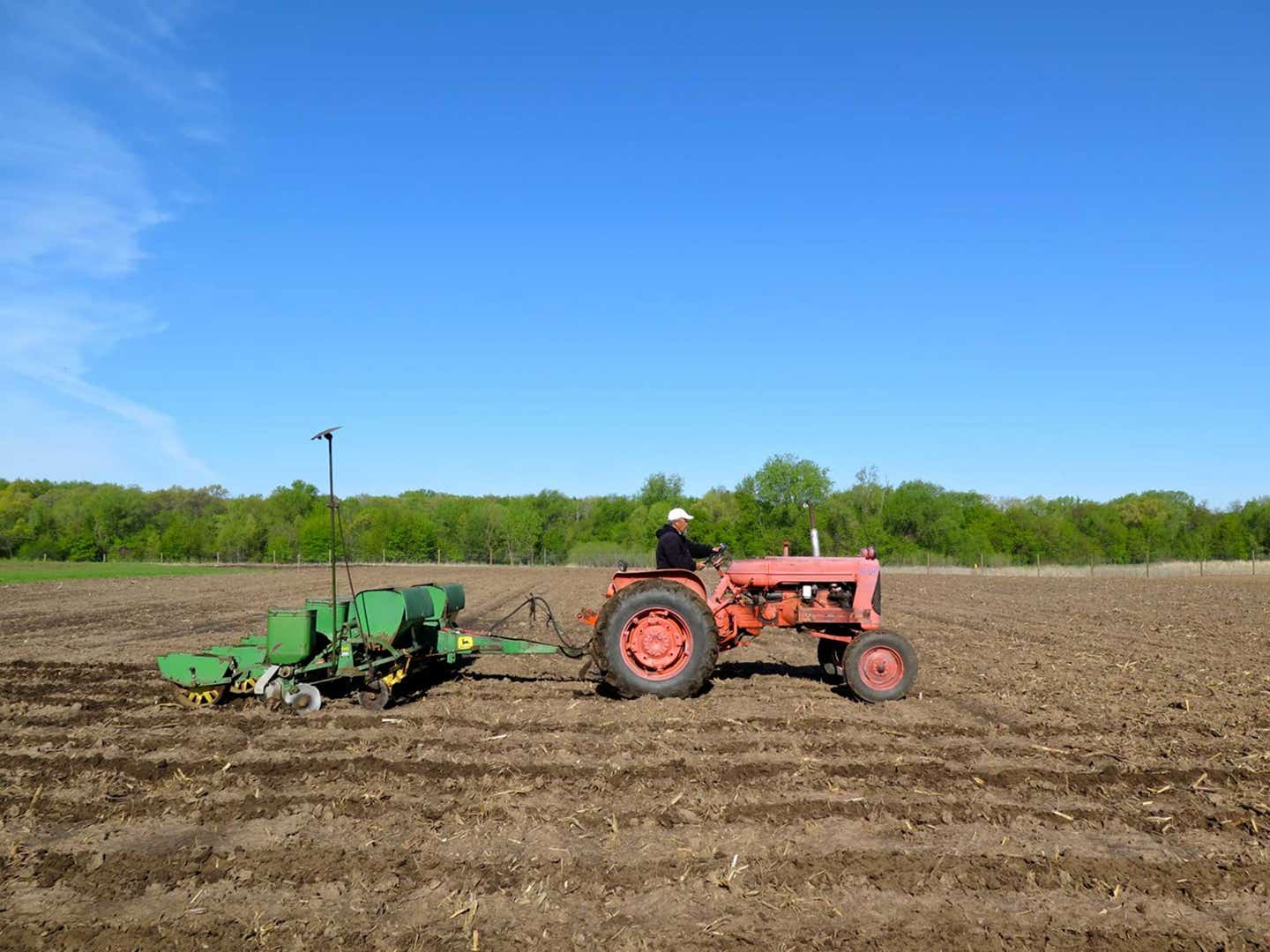
How Can Humanity Avoid Running Out of Fertilizer?
With the world’s population expected to reach 10 billion by 2050, we’re looking at a possible shortage of fertilizer, meaning a possible shortage of food
Starting in the 19th century, Earth's demand for agricultural products begin to outgrow its foreseeable supply of animal manure used for natural fertilizer. The invention of mass-produced nitrogen fertilizer in 1908, arguably one of humanity's most significant achievements, helped "avert catastrophe on a massive scale," according to The Atlantic. But with the world's population on track to reach 10 billion by 2050, current fertilizer production methods can't keep up. Just a century later, we once again find ourselves questioning whether we will have enough food to support the world's food needs.
As you’ve probably guessed, the answer is not so simple. For one, there are those who see fertilizer as fundamentally unnatural. These critics believe that an additional two to three billion mouths to feed will only cause the Earth to suffer more, and that humans are a “blight on” rather than part of nature. That philosophical argument, coupled with the very real effects—”soil erosion, nitrogen runoff, and carbon-dioxide emissions”—have made fertilizer quite controversial.
So what can be done to prevent a food shortage, without using more fertilizer? While some scientists continue to experiment with alternative future food sources including insects and algae—a renewable, nutrient-dense crop that also acts as a fertilizer—farmers are looking to technology, specifically "precision farming" techniques, to make production more efficient. Techcrunch reports that better weather forecasting in the farming process can provide "insights into when and how much to irrigate, or how to increase crop yield while reducing the use of pesticie and fertilizer." For example, a farm in Kentucky is now using an app, hosted by agriculture mega-corporation John Deere, no less, to calibrate fertilizer purchases in accordance with weather forecasts. It's indicative of a broad set of practices that are being adopted across the country: The Fertilizer Institute calls it the 4R Nutrient Stewardship (use of right fertilizer source at the right rate, the right time, and in the right place).
We'd hate to be crying doomsday without adequate cause, but with climate change adversely affecting agricultural output and the world's fish stocks predicted to collapse without immediate action on overfishing, it seems better to be safe than sorry.
h/t The Atlantic
Keep Reading
Continue to Next Story










